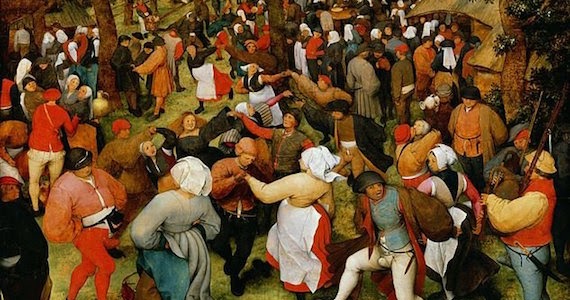
To see me as someone who carries the virus just because of my race is, well, just racist.” This then shows the responsibility social media has in the transmission of false information and promotion of xenophobic views. One student at the University of Manchester tweeted “This week, my ethnicity has made me feel like I was part of a threatening and diseased mass. The same can be said for today as many tweets and social media posts have been attacking those of Chinese origin for their ‘part’ in the coronavirus. This was then used as an excuse for discriminatory practices against those from West Africa, where the virus was rife. From 2014 to 2015 there were over 36 million tweets regarding the Ebola virus, the majority of them in English and many citing the same concerns about weaponised illnesses and foreign origin. This case of coronavirus is also not the first to spark a social media frenzy. Even sites such as “Exefess” (an independent Facebook account run by student admins that allows Exeter students to post anonymously) have had people posting their concerns for example: wondering if the university should be supplying facemasks to the students. The fact that people on sites such as Twitter and Facebook are so susceptible to random pieces of clickbait suggests a general mistrust of the institutions at the forefront of this global health emergency.Īs these lies are spread, more become alarmed and share their fears, thus creating a snowball effect as anxiety and panic circulate across people’s social media feeds. Claims such as the illness came from a biological weapons lab in Wuhan, a vaccine for the virus already exists and is not being distributed, scientists predict the death toll will hit 65 million, there are 100,000 confirmed cases etc. There have been several false claims specifically with the intent to incite fear among those who do not know the proper facts. Unfortunately, within that vast sea of information and opinion comes a deluge of fake news and clickbait. In four weeks there have been an estimated fifteen million tweets about coronavirus and ‘#coronavirus’ has been trending constantly across UK Twitter. So with the facts in mind, where does this fear and hysteria In short, this is unlikely to be the next bubonic plague and, whilst it’s a wide-spreading and threatening disease, you are likely to survive it. Furthermore, the median age of the deceased is 75 and most of them had pre-existing medical conditions or weakened immune system. However, the facts are that although coronavirus is more severe than SARS (which broke out in China in 2002), it has a much lower mortality rate- that of 2% in comparison 9.6%. So it is natural that this frightening imagery, combined with the fact that this is a foreign disease with a mysterious (and supposedly animal) origin, has caused the circulation of panic. On the news, all we have seen is hazmat suits, masks and hastily assembled hospitals that look like shipping containers. There have been over four hundred deaths and the World Health Organisation have declared it a public health emergency. Now, the severity of the coronavirus is not to be downplayed.


The symptoms of the virus include a fever, a cough and difficulty breathing. The current virus is one of three strains that cause more deadly outbreaks (the other two being SARS and MERS). This is, of course, in reference to the coronavirus currently affecting the population of Wuhan and is spreading out through China to over twenty other countries.Ĭoronaviruses are one of a variety of viruses that typically cause colds. Which, in the case of mass infection, culminates in large scale fearmongering. The result of this is the continual spreading of rumours and suspicion via social media. And whilst such total candour and communication should and does help, it is combined with an atmosphere of distrust and cynicism, brought on by our general faithlessness in politics. Interior thoughts are plastered across our phone screens and transparency is, at this point, mandatory. We live in an age of connectivity and exteriority. Olivia Garrett writes about the outbreak of the novel coronavirus and the impact social media has had on a worldwide panic.


 0 kommentar(er)
0 kommentar(er)
